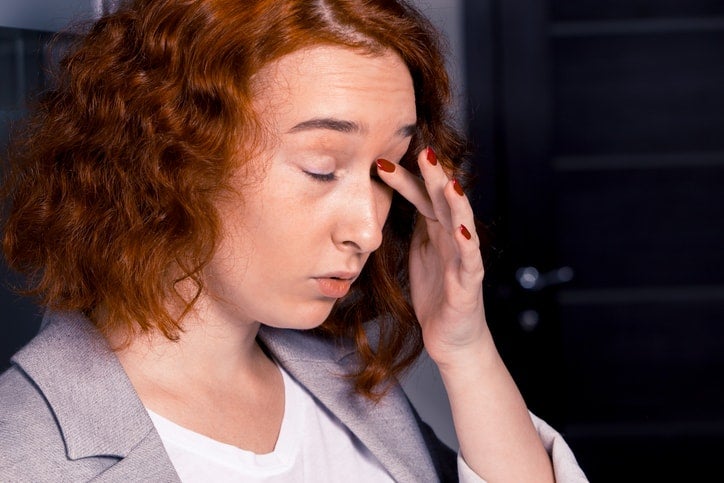Dust and your Eyes


Whether it’s an allergic reaction or a speck that gets stuck, some time or another we all have to deal with dust affecting our eyes. That’s why it’s smart to be prepared, and know what to do if dust is causing a problem for you. How do you deal with dust when it comes to your eyes?
Is it an allergy or a contaminant? Sometimes the answer to that question is not very clear cut. Itchy, watery, uncomfortable eyes can mean that you’re allergic to something, or they could mean that there’s a foreign body in one or both of your eyes.
If it’s an allergy to dust, you’ll also experience allergic rhinitis. You’ll sneeze, cough, have a headache from sinus congestion, experience difficulty breathing, and have a runny nose. As to your eyes, allergic conjunctivitis will cause inflammation, watering, itching, and redness. Allergies can come on at any age, but they usually start under the age of 30.
What can you do about allergy eyes? A dust allergy is actually an allergy to dust mites, the microscopic bugs that live in house dust. To lessen your allergies, take steps to control the dust and dust mites in your home. Use allergen-proof bed and pillow covers, wash bedding and stuffed animals frequently, keep the humidity of your house low, vacuum regularly, and use a damp or oiled mop or rag to clean up dust. Reduce clutter, consider removing carpeting, and install a high-efficiency filter in your HVAC. Talk to your eye doctor, who may direct you to take medication, like antihistamines or corticosteroids.
Sometimes the problem isn’t so much the effect dust has on your eyes as it is that you’ve got some dust in your eyes. It’s easy to get dust in your eye, whether at home, at work, or even outside. Whenever it feels like there’s something in your eye, there are several steps you can take to relieve your discomfort.
- First, wash your hands, then inspect your eye. Be careful not to rub it, so that you don’t scratch your cornea, and always keep tweezers and cotton swabs away from your eye. Try to find the location of the object, looking near the eyelids and inside your upper and lower eyelids.
- Try to flush whatever it is out. Fill your hands with clean water and flush your eye a few times, patting dry with a clean towel. Check to see whether you still feel like there’s something in your eye. Often, flushing out your eyes is all that’s necessary to solve your problem.
- If it’s still there, move your eyelids around. Gently pull your upper eyelid over the lower one, rolling your eye upwards. Release and see if the item has been dislodged.
- When you can’t seem to get the dust out of your eye, see a doctor. If the object lodged in your eye is sharp or large, you should seek immediate medical attention, at the emergency room or with your eye doctor. Even if it’s just dust, your eye doctor can help remove it from your eye.
If you’re looking for an eye doctor, Gerstein Eye Institute is here to help. Since 1968, the Gerstein Eye Institute has been providing exceptional ophthalmologic care to patients in the Chicago area. With decades of experience in ophthalmology, our certified professional staff members work hard to provide the kind of personalized care that keeps patients coming back year after year, eventually entrusting the eye health of their children and grandchildren to us as well. To schedule an appointment, call us at (773) 973-3223 or contact us through our website.
